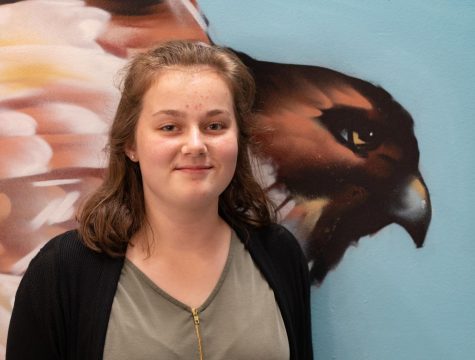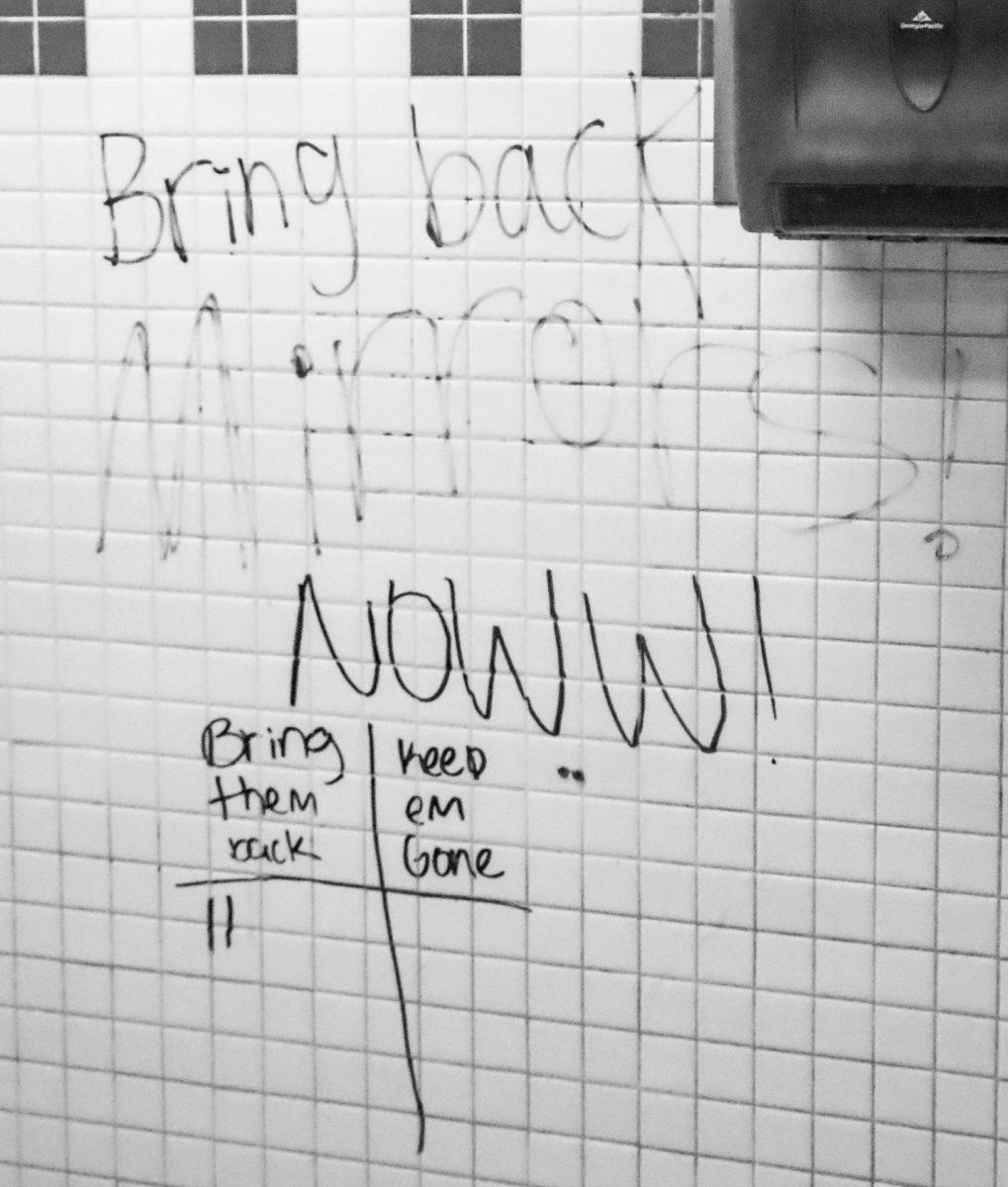The 2019-2020 school year brought many changes to the homecoming coronation process in an effort to be more gender-inclusive. The goal of the Associated Student Body in making these changes was to create an environment where every student could feel welcome and free to express themselves.
According to sophomore ASB President Kerensa Suzara, changing the court numbers was one way in which homecoming coronation was changed to craft a more gender-inclusive event. In previous years the court had just included two royalty per class for freshmen, sophomores and juniors, and those two were always a prince and a princess. However, this year the court sizes for every class increased, leaving every class except the seniors – who had more – with three people on their court without gender-specific titles.
Out of the eight nominees for senior court, four made their way onto the court and two won the title of homecoming royalty.
Key Club President and senior court member Jude Armstrong believes it was unfair to leave just two seniors left behind while every other senior nominated got to go on the stage at the end of the coronation assembly.
“I don’t know how I feel about it being [just] the King and the Queen and then…the court because I feel like [its unfair] to have [only] Meghan [Park] and Nolan [DeGarlais] who were at the very end,” Armstrong said.
Although he supports the overall changes to the homecoming court, this is one change that Armstrong feels was negative. No matter who wins the honor of being on the court, he does not believe that just two senior nominees should be left behind while the rest of their peers get to walk up on the stage.
This year, the homecoming court selection process started off with teachers, clubs and activities putting the names of four students into the hat. In previous years teachers also nominated four students, but the nominations were always made up of two girls and two boys. However, this year those four students did not have to meet a specific gender quota, therefore taking a large step toward gender neutrality in the consideration of the court’s composition.
Another challenge that was tackled to move away from the gender specifics that were associated with homecoming in previous years was the voting process. Formerly the lists were made up of a separate set of boys and girls, and the winners of each class were one boy and one girl. This year, however, there was no set number of boys and girls and the winners did not have to be from specific genders.
ASB adviser and drama teacher Jeannie Brzovic holds that the main motivation for the changes made this year was the desire to create an environment where all students felt included. When asked if the decision process took any student or teacher opinions, she indicated that students talked to Jennifer Widrig-Hodges, the adviser of the Gender-Sexuality Alliance club and students having conversations within ASB.
“It was an effort to be more inclusive and less gender-specific,” Brzovic said. “I heard from some specific clubs that this was the first time their students felt that they could participate and that they were welcomed in the participation of the events.”
Although ASB’s final decision was to make changes in hopes of achieving greater inclusivity, there were some disagreements in the process of decision making.
“I am kind of upset because not everyone in ASB was supportive of the non-binary homecoming, which is frustrating because we want to include everyone in ASB especially. But I feel like this year it was successful in moving in the right direction without upsetting too many people,” Class of 2020 ASB representative Alexia Dellinger said.
Dellinger said she believes that the greater inclusivity was the most significant accomplishment of this year’s homecoming due to the importance of representing the entirety of the student body.
Along with coronation, among the more anticipated events of homecoming week was the hallway decorating competition. Every year, each class is given a theme chosen by ASB, and with that theme, they have to decorate one of the school’s hallways. All of the themes fit within each year’s overall homecoming theme, which for this year was “Oh, the places we’ll go!”
This has been a tradition for many years and there is a winning class chosen at the end of the competition based on a list of predetermined criteria. The themes chosen were “Fall in Mexico City” for freshmen, “Spring in Japan” for sophomores, “Winter in New York” for juniors and “Summer in Southern California” for seniors.
The winner of this year’s competition was the senior class, which raised some controversy. According to some of the student body, especially many underclassmen, the favored class when it comes to these competitions is almost always the seniors.
“I know how it feels for the underclassmen because I was once a freshman, sophomore and junior, and it felt bad, but you’ll get there one day,” Armstrong advised the other classes.
For the judging of the decorated hallways, the school had non-student and non-teacher participants so that it would be fair and devoid of outside bias. According to Brzovic, the judges were given an evaluation form that they had to fill out for each of the classes. They had to score based on how well the decorations reflected the theme, their general aesthetics, time management skills, organization, neatness, artistic effort, the quality of materials and whether or not they were handmade or bought, creativity, originality and use of space.
The homecoming dance and spirit week are also a huge component of the traditions, and while learning about the opinions and changes about homecoming through ASB and homecoming court, the student body was also to be taken into consideration.
“The assembly was really fun, there were a lot of games and fun things to do,” freshman Luna Tewolde said.
Tewolde also thoroughly enjoyed the decorations and atmosphere of the homecoming dance, and she particularly appreciated the formal feel. She would, however, have chosen a wider variety of songs for the dance. Tewolde said she believes that the participation in spirit days and attendance at the dance were both high, indicating the strength of the Terrace community.












